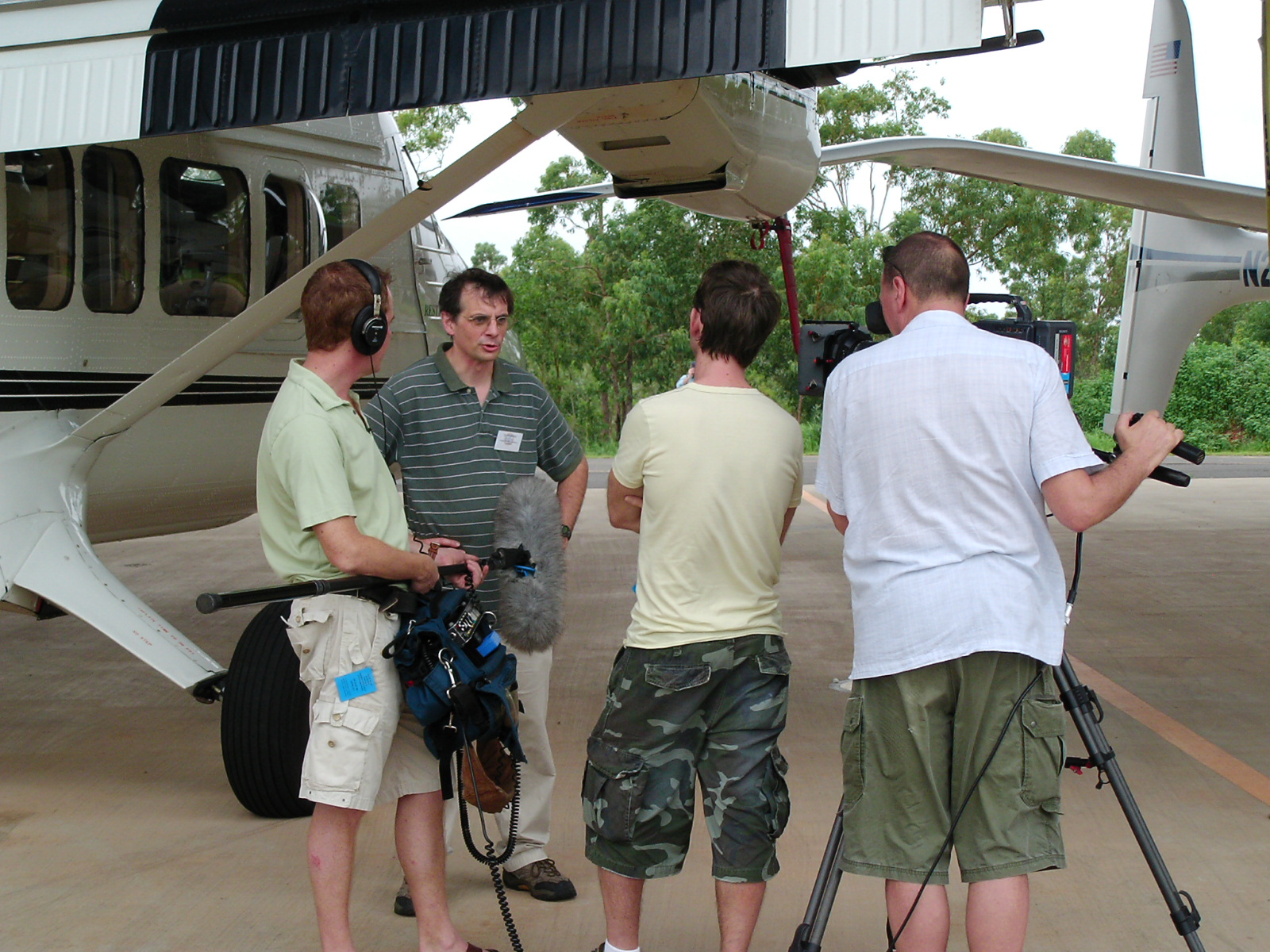Meet ARM Technical Director Jim Mather
Published: 13 March 2019
This is a feature story published by the DOE Office of Science and shared with permission.

Settled into a cramped seat on a commercial flight, Jim Mather can’t resist looking out the window at the clouds. It’s an occupational hazard when your job revolves around the atmosphere. Mather directs the Department of Energy’s (DOE’s) Atmospheric Radiation Measurement (ARM) user facility, a far-flung set of observatories that gather data to advance atmospheric and climate research.
“Flying out of New Orleans in 2017, there was this totally clear blue sky and a line of clouds that went on for hundreds of miles,” said Mather. “You see interesting phenomenon like that and it gets your attention. I often look out the airplane window and wonder how you would model that.”
Earth system models let scientists study interactions between different systems, such as the atmosphere and the ocean. Whether they’re thunderstorm anvils or wispy mare’s tails, clouds are a vital part of the model, but measuring clouds, getting data, is notoriously difficult. “Clouds are pretty complicated beasts,” said Mather.
That complex nature starts with the spatial scales involved. Cloud droplets form on tiny aerosol particles, about a micrometer in size. For comparison, the particles are a thousand times smaller than the ant at your last picnic. “These particles form slightly larger droplets and then larger rain drops. Populations of cloud droplets make up clouds and then cloud systems, like Hurricane Florence,” said Mather. “All of these things interact. It’s a huge puzzle. It’s hard to get bored with that.”
Read the full feature on the DOE Office of Science website.
Keep up with the Atmospheric Observer
Updates on ARM news, events, and opportunities delivered to your inbox
ARM User Profile
ARM welcomes users from all institutions and nations. A free ARM user account is needed to access ARM data.


















